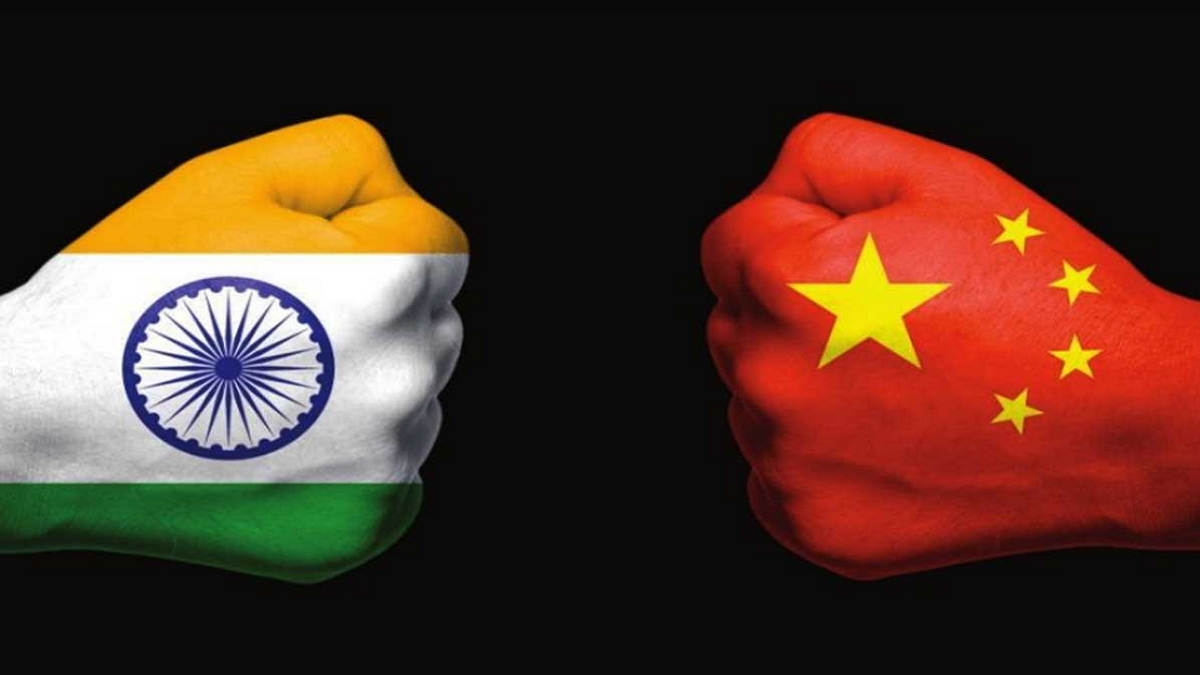
Now that the disengagement process of Indian and Chinese “frontline” soldiers in certain areas of Ladakh has started, the question that arises is if India should rest on its “laurels”. Especially when experts are raising several questions about what India achieved in actual terms in the icy terrain of Galwan Valley and the adjoining areas. In this context, the two statements issued by the two sides, India’s Ministry of External Affairs and China’s foreign ministry on the disengagement, make for interesting reading. Apart from the mutual assertion that “differences should not become disputes“, the tone and tenor of the statements couldn’t be more different. India talks about the need to maintain status quo and insists on “restoration of peace and tranquillity”. While the Chinese statement couldn’t be clearer about who the offender is: “The right and wrong of what recently happened at the Galwan Valley in the western sector of the China-India boundary is very clear. China will continue firmly safeguarding our territorial sovereignty as well as peace and tranquility in the border areas.” But of course, in spite of the bluster, the answer to the question, “did the Chinese blink?” is “yes”. Else there would not be a disengagement. But there is a contrarian view that the Chinese blinked not so much out of their wish to ensure that “differences do not become disputes”, but because they knew they would be unable to hold ground because the Galwan river was in spate as the monsoons had arrived. As for the question, if the disengagement means restoration of status quo ante— the way things were in April this year—there is no clear answer to it as yet. Questions are also being raised about the creation of a temporary buffer zone—on the Indian side of the LAC—between the two frontline troops. As this essentially means that Indian soldiers, for the next few weeks, will not be able to patrol the areas they were patrolling all these years, and that there is a possibility that China will make this the “new normal” and push its claim line deep inside Indian territory.
In short, it’s not yet time to uncork the champagne bottle. In 1962, it was three months after the disengagement at the Galwan valley that the India-China war started. Even without drawing lessons from history, it can be safely assumed that at the most this disengagement is a pause, a blip in China’s grand imperial plan to resurrect the Middle Kingdom. Lack of war does not mean peace, definitely not when the enemy is China. A border mechanism was put in place so that India and China could sort out their “differences” at the level of the commanders posted along the LAC, but this time that mechanism failed spectacularly and intervention was needed at the level of the NSA and Foreign Minister to agree on a mere 1-2 km pullback. This proves that China is more than eager to ratchet up the tension and will not climb down easily—in fact not at all—from its stated positions. So this is the time to not only be vigilant but also to keep hurting Chinese business interests. The app ban should not be revoked. India should not hand on a platter its metadata to China by allowing Huawei to roll out 5G. This is also the time to clearly speak out against China’s overreach in Hong Kong, Xinjian, Tibet. Now that India has shown some spine in taking on China, that spine should not get buried, as India once again tries to manage its differences with China and keep it happy. We may admit it or may not, but the differences between the two countries have long been disputes.














